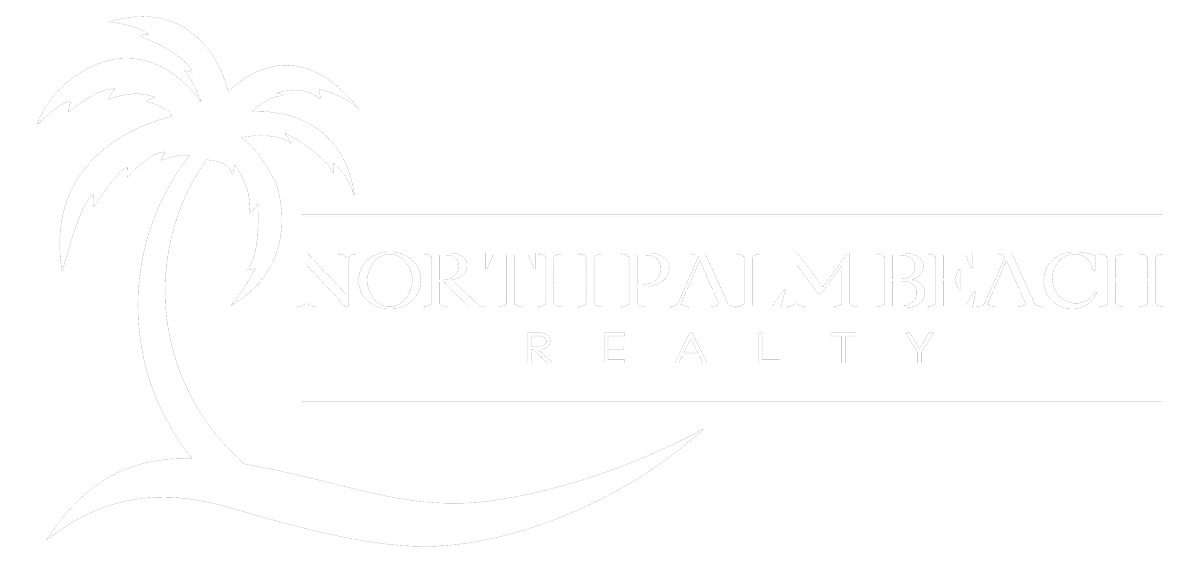Obtaining a home loan mortgage is a complex process that requires careful planning and preparation, but it is an important step in the process of buying a home. Here we will outline the steps involved in obtaining a home loan mortgage, as well as some tips and considerations to keep in mind.
Before diving into the specifics of obtaining a mortgage, it’s important to understand what a mortgage is and how it works. A mortgage is a loan that is used to finance the purchase of a home. The lender (usually a bank or mortgage company) provides the borrower with the funds to buy the property, and the borrower agrees to pay back the loan over a certain period of time, usually 15 or 30 years.
The first step in obtaining a home loan mortgage is to determine how much you can afford to borrow. This will depend on your income, debts, and credit score, as well as the type of loan you are seeking and the lender’s requirements. You can use a mortgage calculator to get an estimate of what you might be able to borrow, or you can speak with a mortgage broker or lender to get a more accurate assessment.
Most buyers will not have enough money to pay cash for the home they want to buy and will require financing from a mortgage lender. If you are thinking of buying real estate it is important not to make major purchases of any kind because this could impact how much you can borrow.
Check your credit score. Your credit score is an important factor in determining whether you will be approved for a home loan mortgage, as well as the terms and conditions of the loan. Before you begin the mortgage process, it is a good idea to check your credit score and report to ensure that there are no errors or discrepancies that could affect your ability to get a loan.
Gather your financial documents. Once you have a general idea of how much you can borrow, it is time to start gathering the financial documents you will need to apply for a home loan mortgage. This may include proof of income (such as pay stubs and tax returns), proof of assets (such as bank statements and investment account statements), and proof of debts (such as credit card statements and student loan statements). This includes contact info for your landlord, as rental history will need to be verified.
Choose a mortgage lender. There are many different mortgage lenders to choose from, including banks, credit unions, and online lenders. It is important to shop around to find a lender that offers the best terms and rates for your situation. You should consider factors such as the lender’s reputation, the types of loans they offer, and the fees and closing costs associated with the loan. Your real estate agent can make valuable suggestions on who to use.
Once you have chosen a lender, it is time to fill out a mortgage application. This will typically include providing personal and financial information, as well as signing several documents. The lender will then review your application and may request additional documentation or clarification.
Getting pre-approved for a home loan mortgage can make the process of buying a home easier and more streamlined. Pre-approval means that the lender has reviewed your financial information and has determined that you are likely to be approved for a loan, subject to certain conditions being met. This can help you to negotiate with sellers and make a stronger offer on a home.
When reviewing your mortgage application, lenders will consider a number of factors, including your debt-to-income ratio (DTI) and your housing expense ratio (HER). The DTI is a measure of your monthly debts compared to your monthly income, and the HER is a measure of your monthly housing expenses compared to your monthly income. Lenders typically want to see a DTI of 43% or less and an HER of 28% or less. If your DTI or HER is too high, you may need to pay off some debts or adjust your budget in order to qualify for a mortgage.
If you have collections or other credit issues, it is important to address these before applying for a home loan mortgage. Lenders typically want to see a clean credit history, and any negative items on your credit report can make it more difficult to get approved for a loan. If you have collections, you may need to pay them off or negotiate a payment plan in order to improve your chances of getting a mortgage.
Another tip: keep your money where it is. Your lender will need to verify the source of your funds for the down payment and typically examine your bank statements over the last 2 months. If they see money coming and going, you will have to provide a paper trail to meet their guidelines. Also, it is best not to change jobs. If you are going into a similar line of work, and are on salary, it will probably be OK. But if you are counting on commissions, bonuses, overtime or self-employment income, these must be averaged over 2 years.
The final step in obtaining a home loan mortgage is to complete the mortgage process, which includes getting a home appraisal, signing the mortgage documents, and paying closing costs. The lender will disburse the funds to the seller, and you will become the owner of the home.
In conclusion, obtaining a home loan mortgage is a multi-step process that requires careful planning and preparation. With the right preparation and understanding of the process, it can be a smooth and successful experience.
